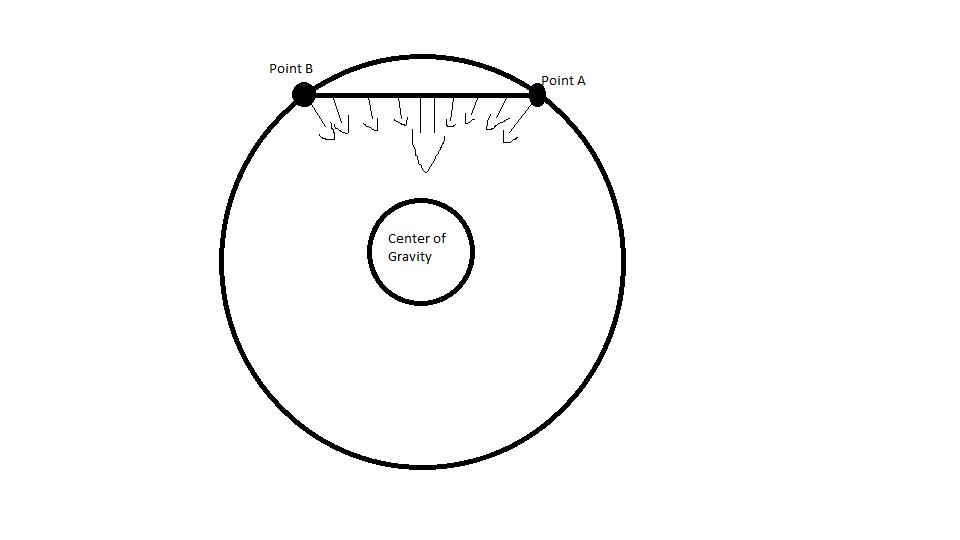A Response to Kryzsec: Brief Thoughts on the Hyperloop
This is definitely out of my area of "expertise" since I am not an expert at anything and just a lover of many science related things. Sorry this is not too technical as I'm, still trying to learn about this topic as I'm writing this.
Anyways, this is a post in response to @kryzsec post and @alexs1320 post. In this post I will be "arguing" why the hyperloop can potentially work.
Author--Source--License: Creative Commons
After talking with some of my physics professors, we have come to the conclusion that this should work even if the vacuum is not perfect.
The most efficient way of speeding up, so far, has to be passive magnetic levitation. This video
However, since Musk is currently digging these tunnels underground in the United States, he might be adding the use of gravity for propulsion and slowing down aspects for travel. See this crudely drawn image below that I made in MS Paint.

My professors and I talked about how essentially there should always be some point where the Earth's gravitational force should be pulling the carrier car down and increasing its speed until it reaches the double line in the image, then it will be slowing down. Add this to the passive magnetic levitation factor and it should act as a "free fall" effect. The more effective the vacuum, the less air resistance. The vacuum does not even have to be a perfect vacuum for this to work either, but obviously you would want the vacuum to be as close to perfection as possible.
I think a hydraulic system in place could work at least as an initial launching mechanism such as the one on Top Thrill Dragster. Bucher Hydraulics is proposing something similar although it seems they want a hydraulics system throughout the hyperloop.
Issues?
- repairs
- energy cost for vacuum or partial vacuum
To not complicate things so much, I suggest we go from one hyperloop project at a time and go through the issues, possible fixes, and counters to each project. This post went over Elon Musk's proposed hyperloop system in the United States.
I'm not going into the mathematics behind this in this post, but could probably do so in a later post after running through the numbers with my physics professors who have a PhD in physics
This post was made to try and improve engagement within the community based off of @Kryzsec 's original post.
Before any math is involved, I'd like to see issues with what I've said above and counterpoints. Feel free to @ me in your posts as I get notifications for that!
Sources:
https://science.howstuffworks.com/transport/engines-equipment/hyperloop.htm
https://www.scientificamerican.com/article/what-is-the-hyperloop/
https://www.wired.com/story/hyperloop-200-mph-test-run-physics/

My only issue with hydraulics (having dealt with pneumatic myself) is they require seals as well, hydraulic lines, and a fluid that resists motion. Any air in the lines causes failure (like your car brakes) and any cracks in the lines will cause leakage and failure. I have heard from truckers on large rigs and thats why they use air brakes. My only thought but the train needs to get up to speed for the passive mag lev to work.
I'm aware they still need seals. I just imagine it would be easier to reach the desired speed with an initial launch through hydraulics.
I agree as that's the concept behind passive mag lev, kinda like a 1 wire alternator, it takes energy through motion to jump start the coil. Having hydraulics the entire rail line wouldn't be beneficial in my opinion though.